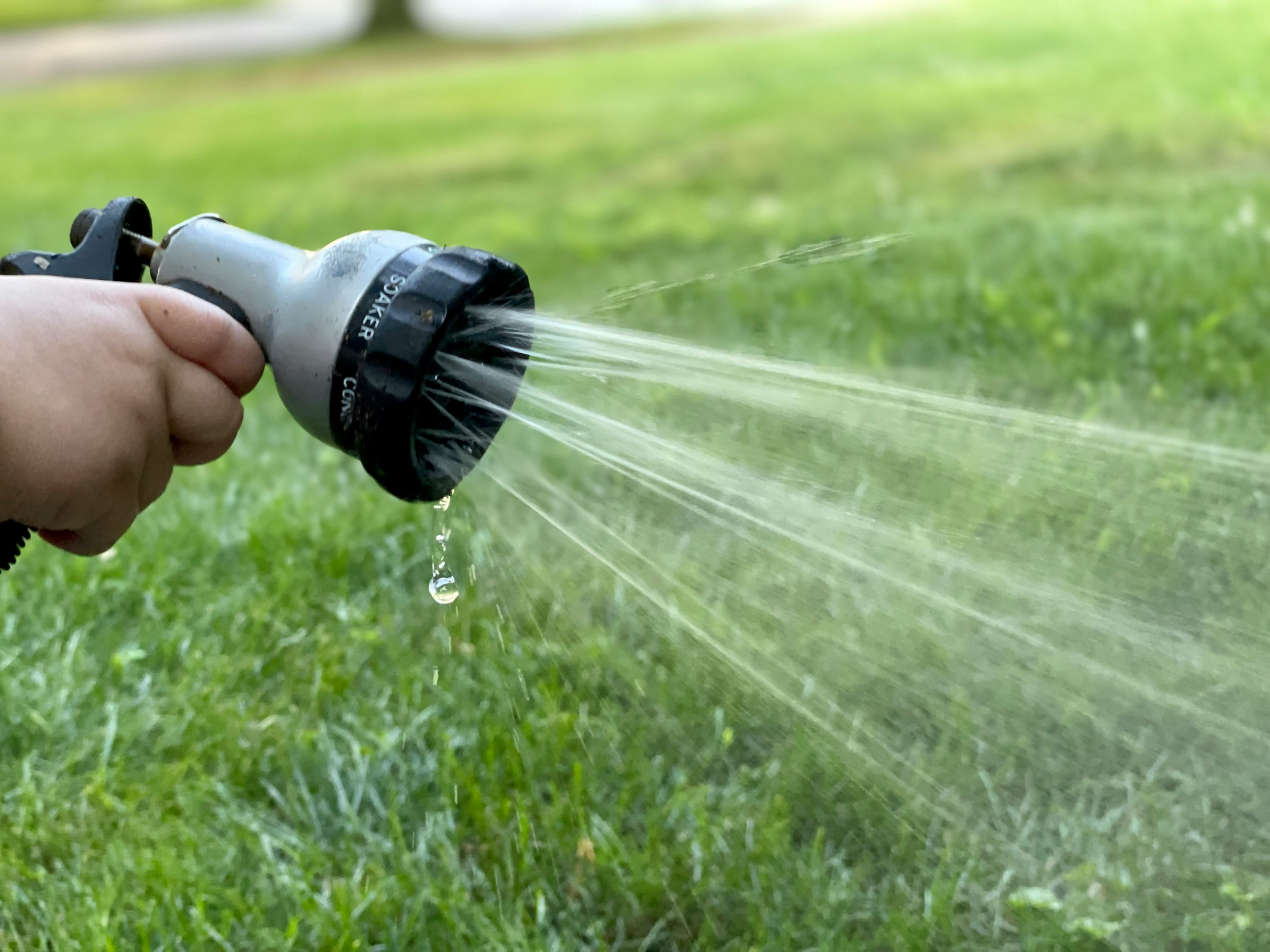Saratoga Springs Reminds Residents: Pressurized Irrigation System Not Safe for Drinking, Urges Water Conservation as Spring Approaches
As spring nears and lawns prepare to turn green, the City of Saratoga Springs is urging residents to handle their outdoor irrigation systems with care—and caution.
The city’s pressurized irrigation system, which will become active the week of April 15th, is designed strictly for landscaping and other non-potable outdoor uses. Drawing from three wells, the Utah Lake Distributing Canal, and Utah Lake itself, the system relies on both groundwater and surface water. These sources are highly weather-dependent, with water availability and quality fluctuating based on snowpack, rainfall, and drought conditions.
While this system helps conserve the city’s treated drinking water, officials warn that pressurized irrigation is not safe for human consumption or recreational use.
“This is non-potable water and should never be used for drinking, cooking, or playing in,” the city states. “Any produce grown with this water must be washed thoroughly before eating.”
To raise public awareness of the risks, the Utah Department of Health and Human Services recently launched SecondaryWaterSafety.utah.gov, a comprehensive resource created in collaboration with local water providers and conservancy districts. The site answers frequently asked questions and includes a searchable map of secondary water boundaries.
Water Use, Fees, and Scheduling
Residents are charged a flat rate throughout the year to maintain the irrigation infrastructure. During the irrigation season, an additional usage-based fee applies. This tiered rate structure incentivizes conservation—higher water use results in steeper costs.
For a clearer understanding of personal usage and billing, residents can visit the Irrigation Calculator Page and access the My Water Use Customer Portal, where hourly and historical data is available for both culinary and irrigation water.
The city plans to begin “charging” the irrigation system—the process of filling it with water—the week of April 15. Residents are asked to wait at least two weeks before using the system to allow for adequate pressure buildup and city-wide audits.
To avoid system damage, all homeowners should ensure their individual secondary water valves are in the off position during the charging period. These valves are usually found near property lines in a green box labeled “irrigation.”
The system will remain active until the week of October 15, when it will be shut down for the winter. After November 1, residents must close their individual shut-off ball valves to prevent freezing damage.
Conservation and Best Practices
The city and the Utah Department of Natural Resources urge smart irrigation practices. Watering should not occur between 10 a.m. and 6 p.m., a guideline designed to reduce evaporation and allow groundwater wells to recharge.
Residents are encouraged to consult the DNR Weekly Lawn Watering Guide and follow these best practices:
- Water deeply but infrequently to encourage deeper root growth.
- Mow lawns less often and at a higher blade height.
- Use compost or peat to reduce soil salinity and improve water retention.
- Avoid watering in windy conditions or using mist-style irrigation.
- Use drip irrigation systems for targeted watering.
Cross-connections between culinary and irrigation lines are strictly illegal. If you suspect your lines may be connected, contact Public Works for assistance.
Community Support and Emergency Help
For general questions, two administrative assistants are available:
- Holly Parkin | 801-766-6506, ext. 134
- Jodi Anderson | 801-766-6506, ext. 234
In emergencies, a 24/7 hotline is available at 801-404-2468.
With spring just around the corner, Saratoga Springs officials are hoping to promote not only a green city—but a safe and sustainable one.
For more information, visit the City’s Water Conservation Page.
Photo by Steve DiMatteo on Unsplash
Mike Kieffer – Editor-in-Chief, Cedar Valley Sentinel
Mike Kieffer is a dynamic leader and community advocate based in Eagle Mountain, Utah. He serves as the Editor-in-Chief of the Cedar Valley Sentinel, a local publication dedicated to informing, inspiring, and elevating the Cedar Valley community through honest and accurate journalism. With a passion for fostering connections, Kieffer has made it his mission to highlight local businesses, provide reliable news, and support community development.
Beyond his editorial role, Kieffer is the owner of Lake Mountain Media, LLC, a company specializing in media and communications, and the co-owner of Quail Run Farms, which focuses on sustainable farming and community engagement. He also actively contributes to the local economy and culture as a member of the Eagle Mountain Chamber of Commerce.
Kieffer’s dedication extends to preserving and promoting the history and heritage of the Cedar Valley area. He often participates in community-centered events and media, including podcasts that explore the unique aspects of life in the region. Through his varied endeavors, he remains a steadfast advocate for the growth and enrichment of the local community.





